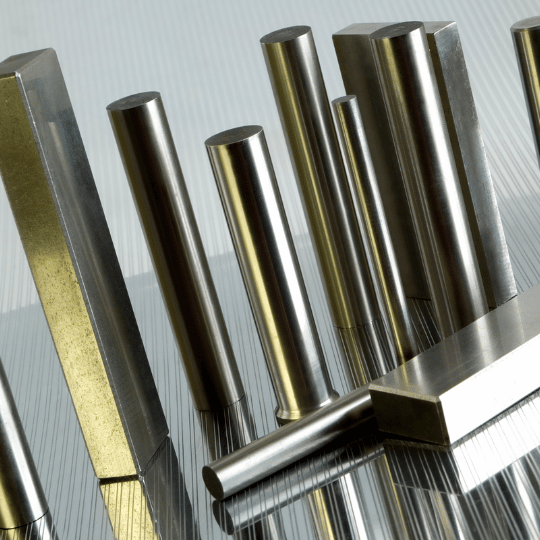


| Form | Solid at room temperature (except mercury); available in various forms such as sheets, bars, rods, wires, and powders |
| Color | Varies by type; silver, gray, gold, copper, and other metallic hues |
| Density | Varies by metal; aluminum: 2.7 g/cm³, steel: 7.85 g/cm³, gold: 19.3 g/cm³ |
| Melting Point | Varies by metal; aluminum: 660°C, iron: 1,538°C, copper: 1,085°C, gold: 1,064°C |
| Electrical Conductivity | High; metals like copper and silver are excellent conductors, while others like steel have lower conductivity |
| Thermal Conductivity | High; metals efficiently transfer heat, making them ideal for heat exchangers and cookware |
| Magnetism | Ferromagnetic metals like iron, nickel, and cobalt are magnetic; others like aluminum and copper are non-magnetic |
| Hardness | Varies; tungsten and titanium are hard, while metals like lead are soft |
| Ductility | High ductility; metals can be stretched into wires (copper, aluminum) |
| Malleability | Metals can be hammered into sheets without breaking (gold, silver, aluminum) |
| Corrosion Resistance | Some metals like stainless steel, aluminum, and titanium are corrosion-resistant; others like iron are prone to rust |
| Tensile Strength | Varies; high tensile strength in metals like steel and titanium, lower in softer metals like lead |
| Density | Metals are generally dense, with values depending on the type and purity of the material |
| Applications | Used in construction (steel, aluminum), electronics (copper, gold), jewelry (gold, silver), and industrial machinery |
| Alloy Formation | Metals can form alloys with other metals (e.g., steel is an alloy of iron and carbon; bronze is an alloy of copper and tin) |
| Machinability | Varies by metal; some like aluminum and brass are easily machinable, while others like titanium require special tools |
| Surface Finish | Can be polished, brushed, coated, or plated for aesthetic or protective purposes |